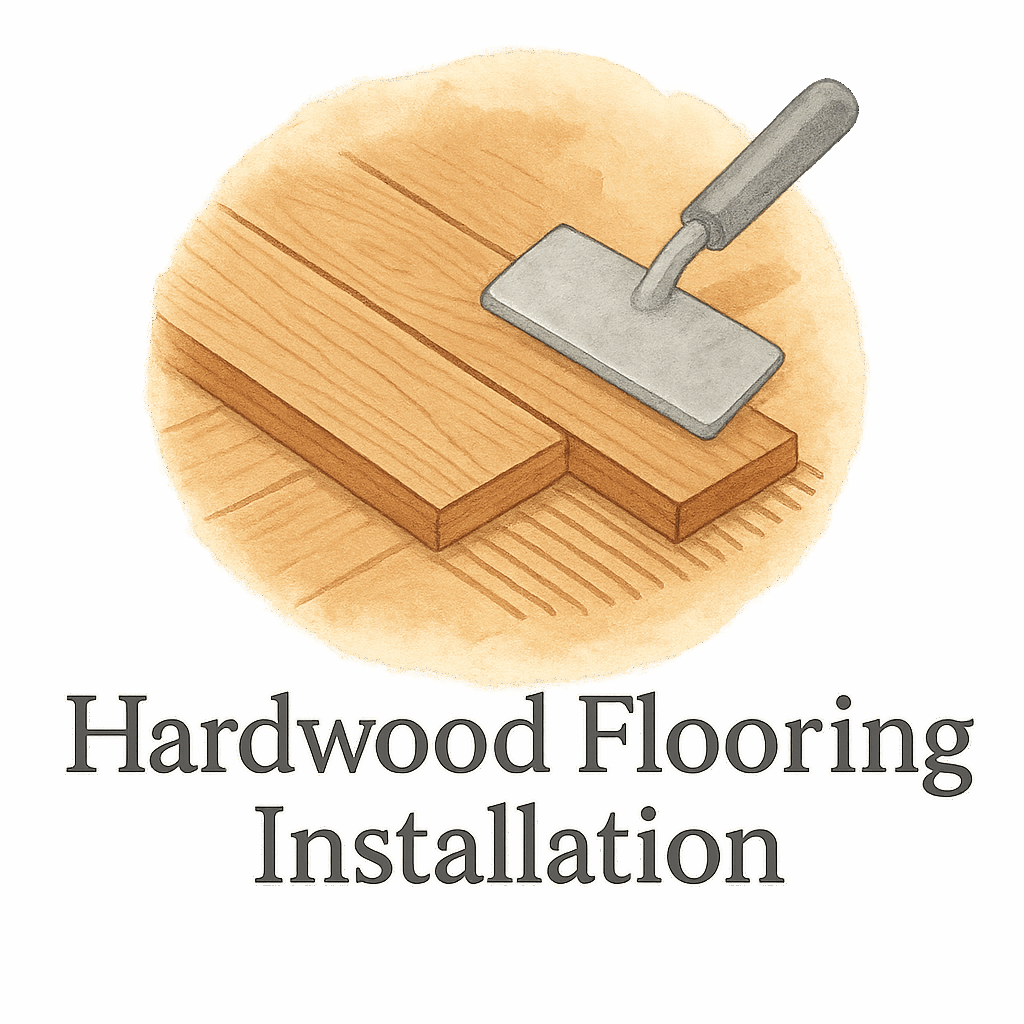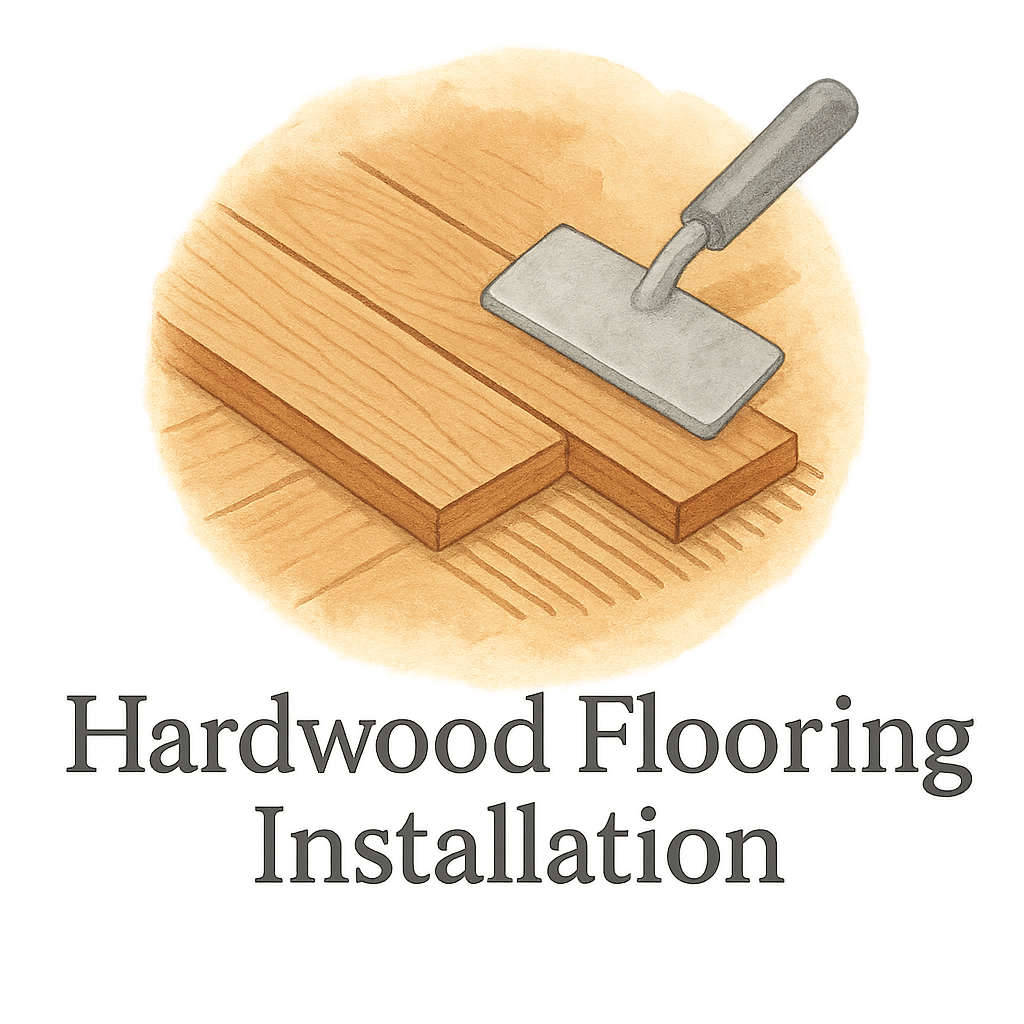Hardwood flooring is timeless, elegant, and adds serious value to your home. But let’s be honest—it also takes a little TLC to keep it looking stunning. If you’ve recently installed hardwood floors (or even if you’ve had them for years), this guide walks you through 10 smart, easy ways to maintain your hardwood flooring after installation—without breaking your back or your budget.
Need tips, tools, and time estimates? Visit Flooring Contractor Plan of BS for expert guidance and detailed breakdowns.
Introduction
Congratulations on your new hardwood floors! They’re one of the best investments you can make for your home. But like any investment, they need maintenance to retain their shine, durability, and charm. The good news? With a few intentional habits and the right care, your hardwood can look brand new for decades.
Let’s dive into the best maintenance tips that really make a difference.
1. Establish a Regular Cleaning Routine
The best thing you can do for your floors? Clean them consistently. Dust, sand, and dirt are like sandpaper—they’ll dull and scratch your beautiful finish over time.
Sweep Daily with a Soft-Bristle Broom
Daily sweeping is your first line of defense. A soft-bristle broom will gently pick up grit without scratching the surface.
Use a Hardwood Floor Vacuum Weekly
Vacuuming with a brushless hardwood attachment pulls up dust between floorboards and deeper debris that sweeping misses. Avoid vacuums with rotating bristles that can damage the finish.
Explore more cleaning tips on our Cleaning Tag.
2. Avoid Excess Water During Cleaning
Water and wood are like oil and vinegar—they don’t mix well.
Why Water is the Enemy of Hardwood
Too much moisture can cause your hardwood to warp, swell, or crack over time. That’s a nightmare you don’t want to deal with.
Use a Damp Mop, Not a Wet One
If you’re mopping, wring that mop out until it’s just damp. Better yet, use a microfiber mop designed for hardwood.
For approved cleaning tools and products, visit Flooring Tools & Materials.
3. Invest in Floor Mats and Rugs
Think of rugs and mats as armor for your floors.
Entryway Mats Catch Dirt and Grit
Place high-quality doormats inside and outside every entrance to reduce the amount of dirt brought in.
Area Rugs in High-Traffic Zones
Use rugs in hallways, kitchens, and living rooms—anywhere people walk a lot. Just make sure the backing is non-slip and non-abrasive.
Find smart flooring layout tips and planning advice to help rug placement.

4. Use the Right Cleaning Products
All cleaners are not created equal.
Avoid Harsh Chemicals and Vinegar
They can strip your floor’s finish and leave it looking cloudy or dull.
Opt for Hardwood-Specific Solutions
Choose pH-neutral cleaners made for sealed wood. Read labels, or better yet, check out our Best Tag for recommended products.
5. Manage Furniture Wisely
Your couch and coffee table could be stealthy floor killers.
Use Felt Pads Under Furniture Legs
Stick felt pads on the bottom of all furniture legs to avoid scuff marks when you move them.
Rearrange Occasionally to Avoid Sun Fading
Shifting your furniture layout helps distribute light exposure and wear evenly, keeping your floor color consistent.
Learn more in our DIY Flooring Installation Guide.
6. Maintain Proper Indoor Humidity
Hardwood responds to moisture like your skin—too dry or too humid, and it gets cranky.
Prevent Expansion and Contraction
Keep indoor humidity between 35% and 55% to prevent your floors from expanding in summer or shrinking in winter.
Use Humidifiers During Dry Seasons
In colder months, especially with indoor heating, using a humidifier can balance moisture levels.
More about prepping your environment? Read our guide on Flooring Preparation.
7. Protect Against Pet Damage
We love our furry friends, but they aren’t always floor-friendly.
Keep Pet Nails Trimmed
Long claws can gouge wood. Keep them neat with regular grooming.
Clean Pet Accidents Promptly
Urine can damage the finish and stain the wood. Clean messes immediately with hardwood-safe solutions.
Find more pet-related flooring damage advice.
8. Recoat and Refinish Periodically
Just like waxing a car, your floors need a refresh every so often.
When to Recoat vs. Refinish
Recoating adds a protective layer and is quicker. Refinishing involves sanding and is needed for deeper damage.
Professional Help vs. DIY Recoating
DIY recoating is possible if you’re confident, but deep refinishing is best left to pros.
Explore flooring maintenance and repair for detailed steps.
9. Fix Minor Scratches Immediately
A small scratch today can turn into a crack tomorrow.
DIY Touch-Up Kits for Surface Blemishes
These are great for quick fixes. Match the color and apply carefully.
When to Call a Pro for Deep Scratches
If you see raw wood or wide gashes, a pro can sand and refinish the area without risking uneven coloring.
Visit our Guide Tag for more repair walkthroughs.
10. Watch for Common Mistakes in Maintenance
Avoiding basic errors can save you major headaches.
Overcleaning and Incorrect Tools
Too much cleaning—especially with steam or wet mops—can wear down your finish.
Ignoring Small Issues Until They Worsen
Tiny gaps, loose planks, or slight warps? Fix them early before they spread.
Visit our Mistakes Tag to learn what not to do.
Conclusion
Maintaining your hardwood flooring doesn’t have to feel like a full-time job. With a few smart habits, the right tools, and regular care, you can preserve that gorgeous look for decades. Whether it’s pets, spills, or heavy foot traffic—your floor can handle it, as long as you’re prepared.
Be sure to explore Flooring Contractor Plan of BS for everything from cost estimation tools to pro advice on flooring prep, installing underlayment, and more.
FAQs
1. How often should I clean my hardwood floors?
Daily sweeping and weekly vacuuming is ideal, plus mopping with a damp mop every 1–2 weeks.
2. Can I use vinegar on my hardwood floors?
No. Vinegar is acidic and can break down the floor’s finish over time.
3. What’s the best humidity level for hardwood?
Between 35% and 55% to avoid warping or cracking.
4. Do I need to refinish my floor if it’s scratched?
Small scratches? No. You can use a touch-up kit. Deep gouges? Call a pro.
5. How can I protect my floors from pet damage?
Keep nails trimmed and clean up accidents right away.
6. How often should I recoat hardwood floors?
About every 3–5 years, depending on traffic and wear.
7. Is it okay to use rugs on hardwood flooring?
Absolutely! Just make sure they have non-abrasive backings and are cleaned regularly.


